|
Print off pictures of ladybugs without spots from the internet. Label each ladybug with how many spots needed to be added. Encourage children to add the correct number of spots to each ladybug.
0 Comments
Materials needed: Construction paper of many colors, scissors, glue, stickers, pipe cleaners, wiggly eyes. Game pieces: Fold a pipe cleaner in half. Wind the pipe cleaner in a coil with the open points out. Curl the end up like antennae. Glue wiggly eyes. Instructions: Cut out circles, squares, triangles and octagons. Index cards cut in two, colored markers, laminate or contact paper. Cut out several small shapes in different colors. Apply a shape of each color on ½ of an index card. Label the card in the correct color with the color, and shape. Put bug stickers on 4 cards. Arrange the other shapes in a wiggly line on a blank piece of construction paper. To Play: Set the cards upside down next to the game board. Have the child choose a card, read the card together. Play by color or shape. Child moves bug game piece to chosen color and shape.
A Lady Bug literacy activity which includes letter match, and writing letters. Read: “Five Little Ladybugs” by Melanie Gerth and Laura Huliska-Beith Rhyme: Two Little Lady Bugs Flying To and Fro. Materials needed: 4 pieces of construction paper: yellow, black, red, orange; word cards, letter cards, pencils, small lady bug pictures or stickers; scissors, glue.
Lady Bug, Lady Bug, fly away home. Help the children create a peep out Lady Bug Adventure book! Read: “Ladybug, Ladybug, What Will You do Today?” by Jo Cleland Materials Needed: Construction paper, a variety of art supplies, glue, scissors, and little lady bugs. Directions: Decide how many pages you will want for each book. Do one page each day. Set a Lady Bug on the last page. Take the rest of the pages and cut a hole where you have placed the Lady Bug on the last page. In this way the Lady Bug peeks out through all of the pages. On each page, write down an adventure that the child will dictate to you.
Little Lady Bugs are going to tell a story using “who,” “what,” “where,” and “when.” Group Story: Literacy/Community Building Rhyme: Once a Lady Bug by Debbie Hasbrook Materials Needed: Construction paper, glue, glitter, sheet protector, poster sheet, black marker, yellow pipe cleaner, scissors, and glue marker. Circle time spot/placemat: For each child, 1 piece each of red and black construction paper, 1 yellow pipe cleaner, scissors, glue, and marker. Children cut: 2 circles for eyes, 5 circles for spots, 1 large red oval for body, 1 slightly smaller oval for wings and head. See example below to construct Lady Bug.
Step two: Explain the story starter cards. Who= the people, animals etc. who are in the story. Let the children practice coming up with whom.What= what is happening, going to happen, happened; an activity, event, or situation. Let the children practice coming up with what.Where= where do things happen, or where do people go in the story. Let the children practice where.When= When do things happen; before and after a situation, event, time, activity. Let the children practice where. Step Three: Creating the story. Have a child pick a story starter card. Have that child choose what will happen. Example: Child picks “who.” Ask the child, “Choose one person who will be part of the Lady Bug family.” Write the name on the poster paper.
Let the children work on their own stories. If a child cannot write yet, let them draw their picture, and dictate their story for you to write out for her/him.
Lady Bug, Lady Bug fly away home. Some ladybugs are black with red spots; some are yellow, orange, pink, and red. Here is a fun Lady Bug logic game that you can make with the children! Matching Lady Bug Game: Math/logic Children will make their own Lady Bug matching game. This is a teacher directed activity.
Give each child a pair of large circles, two smaller red circles, and two identical strips of white stickers. Let the children construct their two lady bugs. You will need at least 5 sets of similar Lady Bug cards to play the game. You might want to make some extras just in case. Extension Activity: Now that you have a set of cards, you could use them for a math activity. Separate the cards into two piles. Purchase little Lady Bug manipulates or toys. One child draws a card and counts out the number listed on the card.
What you need:
Have the children paint/decorate the plate then add the face, eyes and mouth. Have them add the spots and help them count how many spots are on their ladybug when they are finished. |
- Blog
- Online Child Care Courses
-
Seasonal Themes
-
Spring Themes
>
- Air and Space
- Arbor Day
- Birds
- Bunnies
- Cinco De Mayo
- Easter
- Eggs
- Farm
- Father's Day
- Fishing
- Flags of the World
- Flowers and Gardening
- Foster Care Awareness Resources
- Found Art
- Hot Air Balloon
- International Children's Book Day
- Insects
- Kid Friendly April Fools Pranks
- Mother's Day
- National Bed Month
- Rainbows
- Saint Patrick's Day
- Spring
- Sports
- Weather
- Women's History Month
- Worms
- Fall Themes >
- Summer Themes >
-
Winter Themes
>
- Advent
- Black History Month
- Cardiac Health
- Christmas >
- Chinese New Year
- Congenital Heart Defect Awareness Month
- Dental Heath Awareness
- Dr. Martin Luther King Jr. Day
- Dr. Seuss Birthday
- Elf on the Shelf Ideas
- Football - Super Bowl
- Germs and Illness
- Grinch
- Groundhog Day
- Hanukkah
- Hibernation
- Kwanzaa
- National Cookie Day
- New Years
- Olympic Games
- Penguin
- Pets
- Post Office
- Presidents Day
- Sensory
- Snow
- Snowman
- Teddy Bears
- Winter
- Valentines Day
- Valentines Day Cards
- Valentines Day Decorations
-
Spring Themes
>
- All About Babies
- Growing and Learning
- Contact Us
- Online Courses for Early Childhood Educators
We have provided links where books or educational items that are related to the lesson plan can be purchased on Amazon. These links are intended for the purpose of your convenience to find the referenced item. However, as an Amazon Associate we earn from qualifying purchases that result from clicking on the links.
This website is owned and managed by Successful Solutions Professional Development LLC. Links to online courses that can be purchased are services that are provided by Successful Solutions Training in Child Development, which is a subsidiary of Successful Solutions Professional Development LLC.
This website is owned and managed by Successful Solutions Professional Development LLC. Links to online courses that can be purchased are services that are provided by Successful Solutions Training in Child Development, which is a subsidiary of Successful Solutions Professional Development LLC.
We offer the most comprehensive student support available in a web based learning environment.
E-mail: [email protected]
Phone: (360) 602-0960
Phone: (360) 602-0960
123 Play-and-Learn! Child Care Basics Resources
A child care curriculum blog brought to you by Successful Solutions Training in Child Development.
A child care curriculum blog brought to you by Successful Solutions Training in Child Development.
Address: PO Box 727, Burley, WA 98322-0727 * www.123playandlearn.com
Copyright 2018. Successful Solutions Professional Development LLC. * All Rights Reserved. Updated June 27, 2018
Copyright 2018. Successful Solutions Professional Development LLC. * All Rights Reserved. Updated June 27, 2018
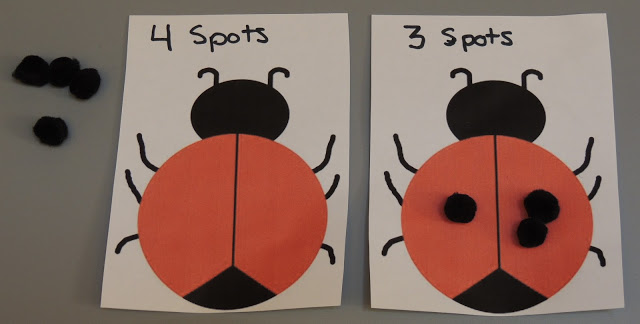
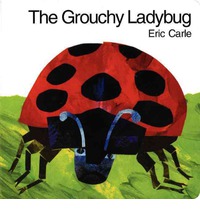
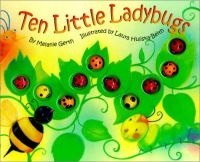
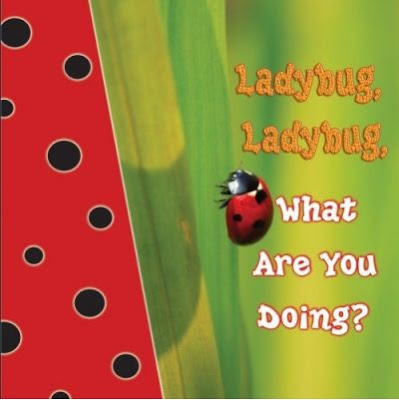
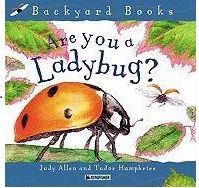
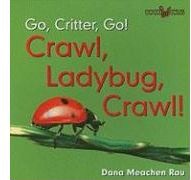
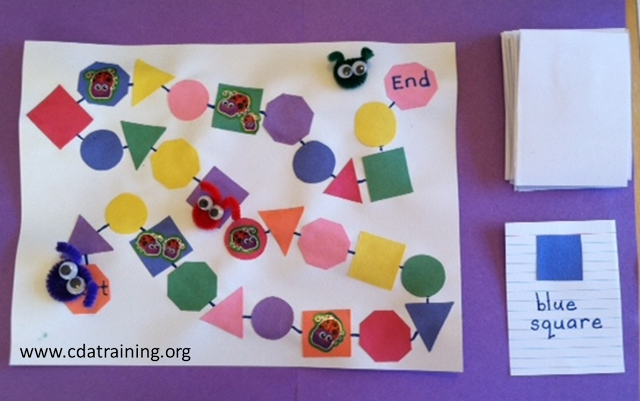
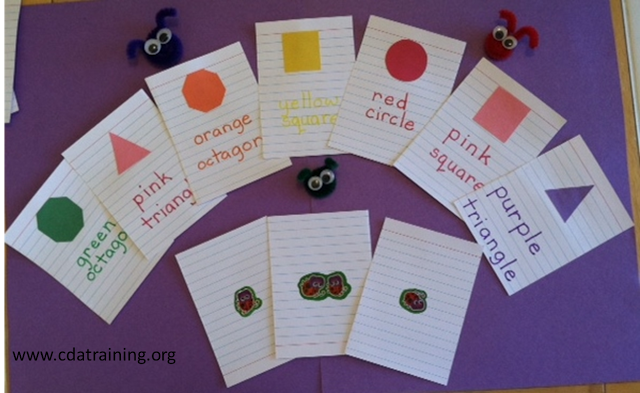
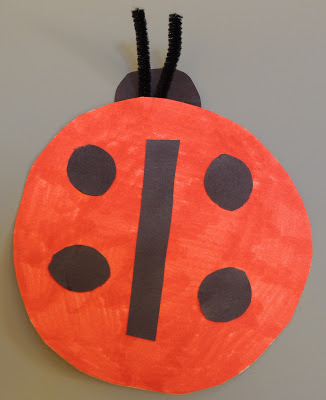
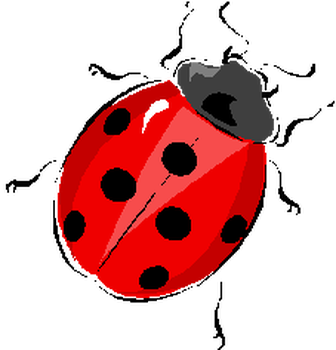
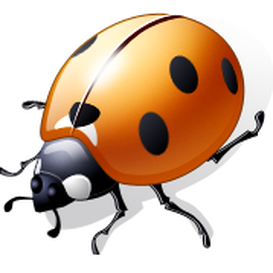
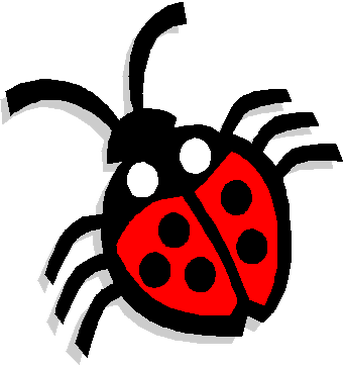
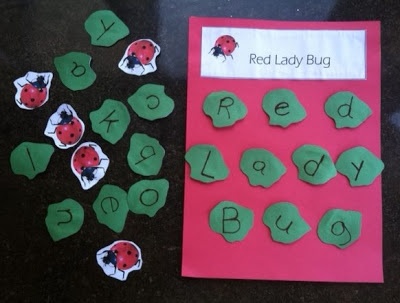
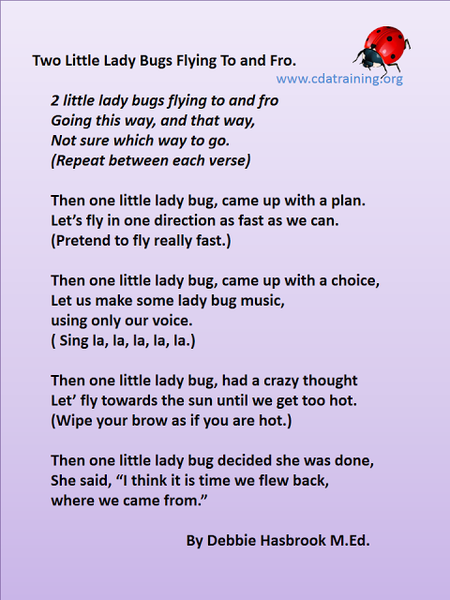
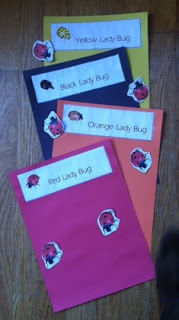
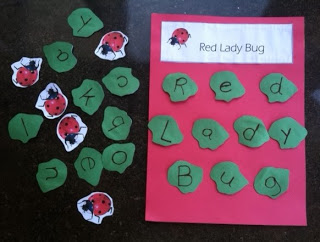
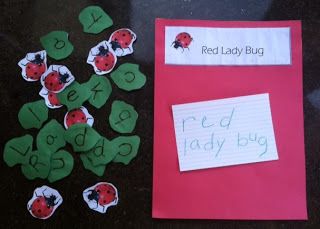
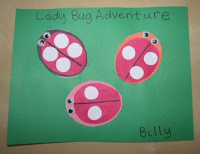
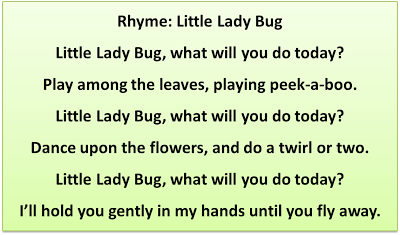
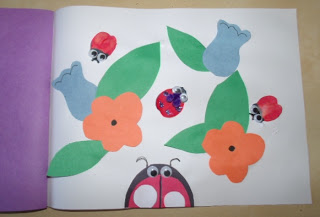
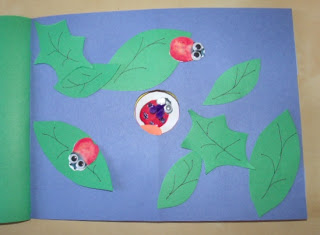
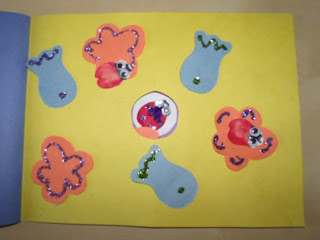
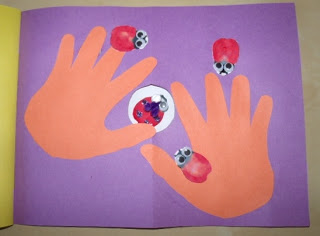
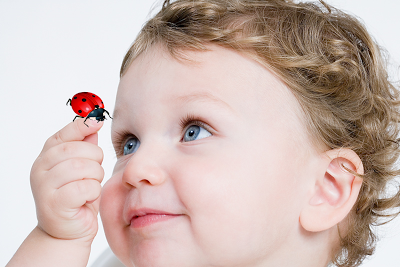
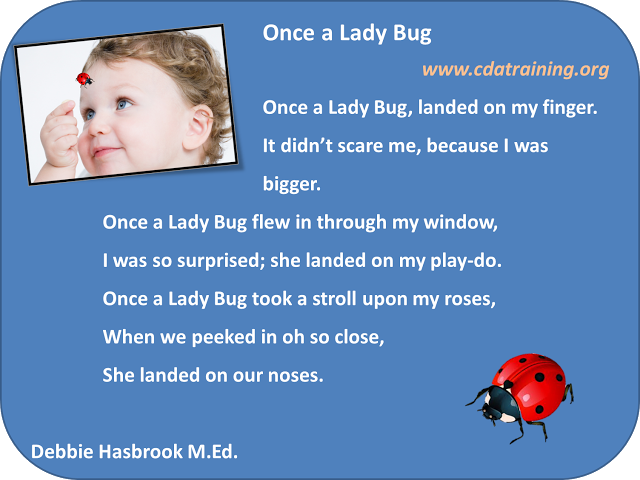
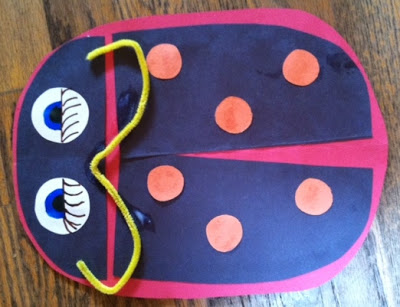
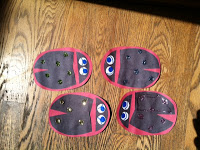
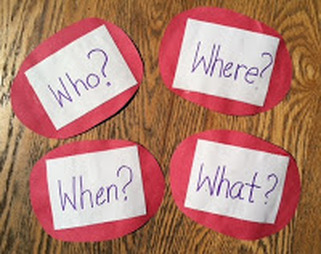
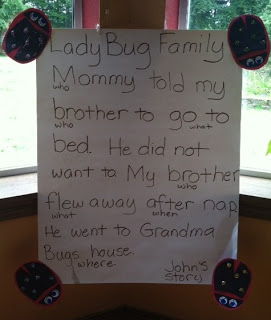
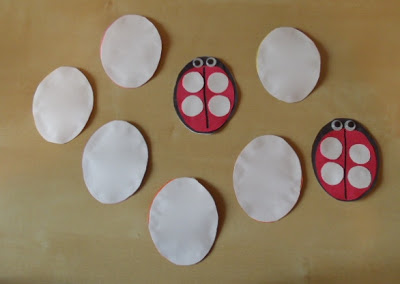
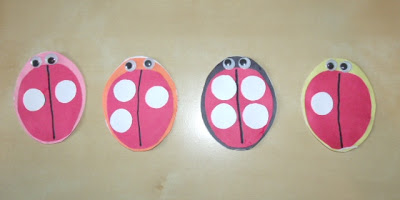
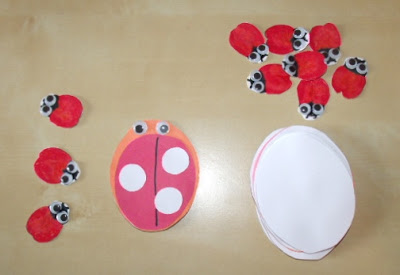
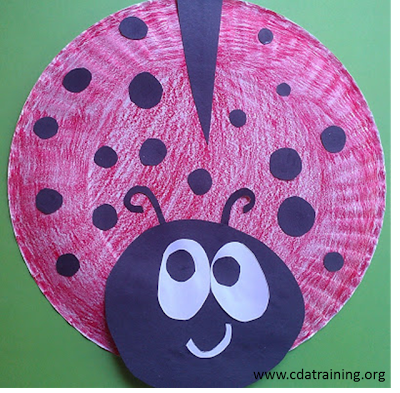
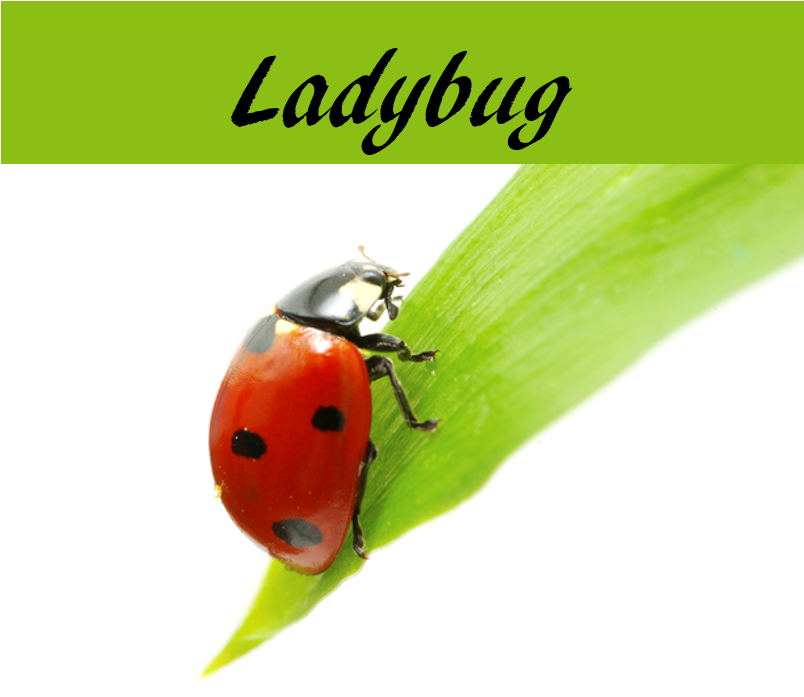
 RSS Feed
RSS Feed
